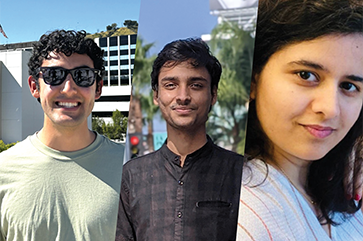3 UCLA physicists named to week-long Nobel laureate summit
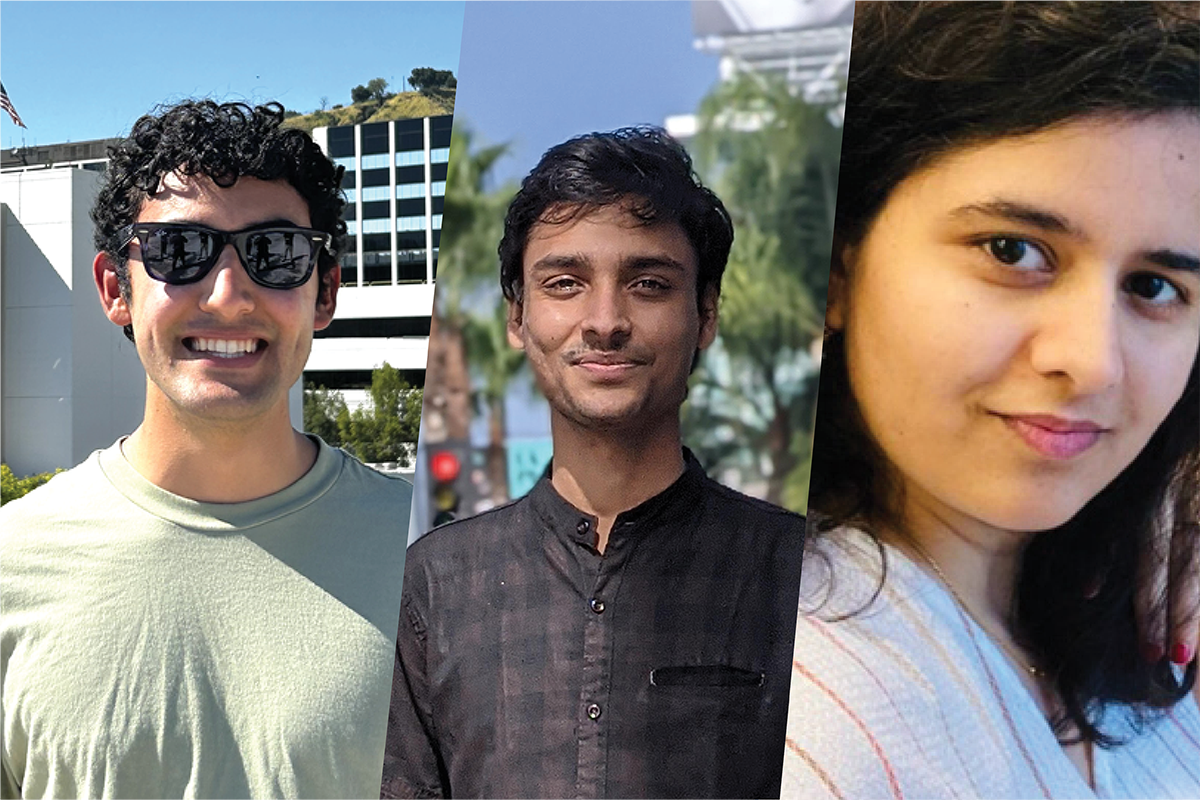 From left to right: Cheyanne Shariat, Aditya Dash and Monika Yadav
From left to right: Cheyanne Shariat, Aditya Dash and Monika Yadav
By Alvaro Castillo | April 16, 2024
The University of California announced that 27 young scientists — including three UCLA physicists — will head to Germany later this summer as part of the fifth class of UC President’s Lindau Nobel Laureate Meetings Fellows.
The 73rd Lindau Nobel Laureate Meeting, scheduled to take place from June 30 to July 5, will focus on physics and bring together more than 30 Nobel laureates and around 600 young scientists, continuing a tradition of exchange between different generations, disciplines and cultures.
This year’s UCLA fellows include undergraduate Cheyanne Shariat; doctoral student Aditya Dash and postdoctoral researcher Monika Yadav.
“These rising physicists exemplify our shared commitment to Bruin scientific excellence that furthers human knowledge,” said Miguel García-Garibay, senior dean of the UCLA College and dean of physical sciences. “We are proud that they were selected for this honor and eager to see how it will inform their future contributions.”
Learn more about these highly accomplished young scientists below.
Cheyanne Shariat
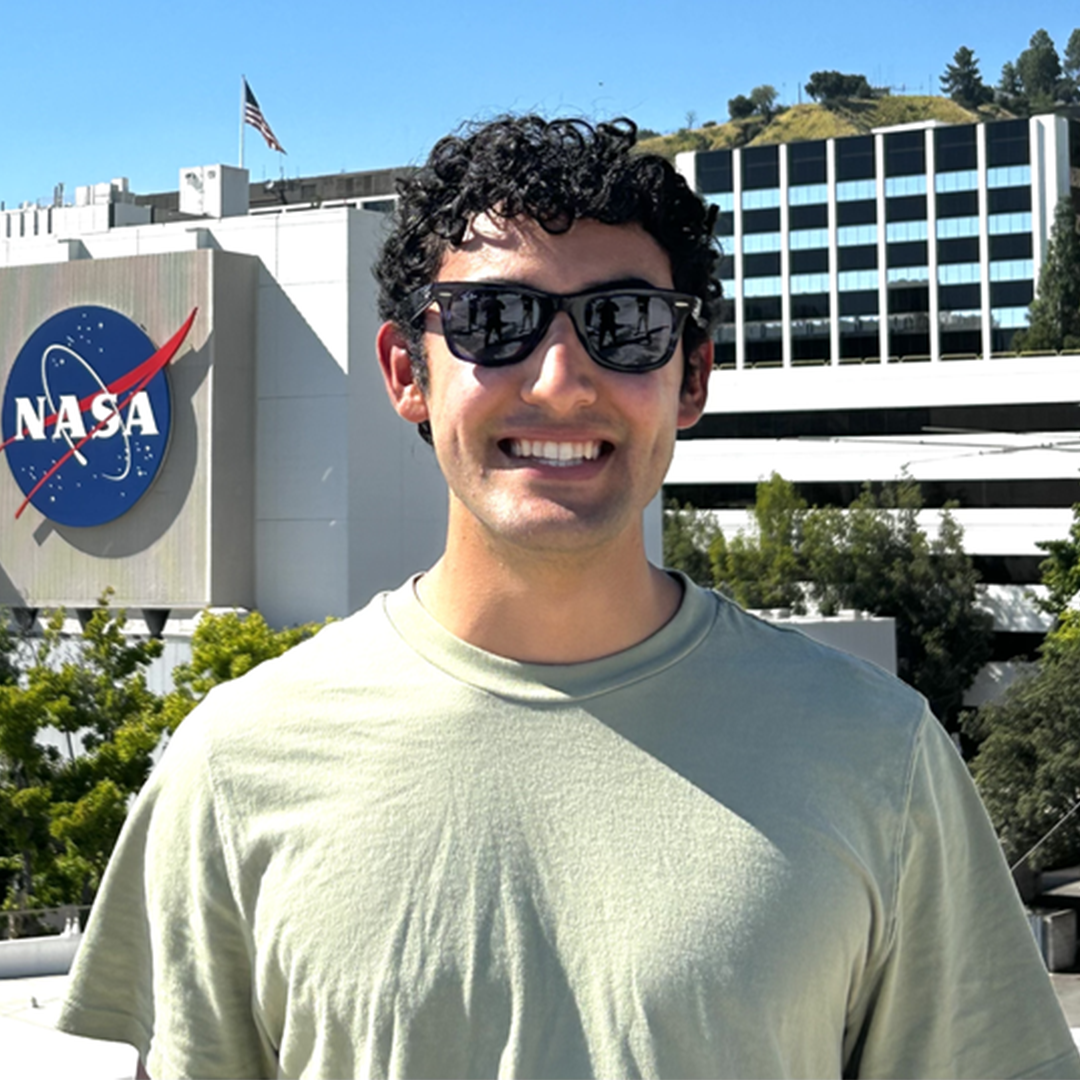 What does it mean to be selected for this honor?
What does it mean to be selected for this honor?
It gives me the unique opportunity to have conversations with the brightest minds in physics from around the world. The Nobel laureates that attend are incredible researchers and I look forward to learning as much as I can from them about their background/path, their methods to success in academic research, and even about any advice that they have to offer me as someone who is just entering graduate school.
How would you explain your research to a general audience?
My main interest is to investigate the evolution and dynamics of stars and planets in our universe. From a theoretical perspective, I seek to understand the movement of stars that have one or two stellar companions, making them stellar binaries and triples. I am also fascinated by the processes that govern the death of stars, leaving behind compact objects such as black holes and neutron stars.
What was the very first moment you fell in love with science?
I was always interested in the fact that there are predictive laws that govern nature. I first enjoyed the objectiveness of math, but then got even more excited when I realized that it can be applied to make predictions about how the world around us will evolve!
Aditya Dash
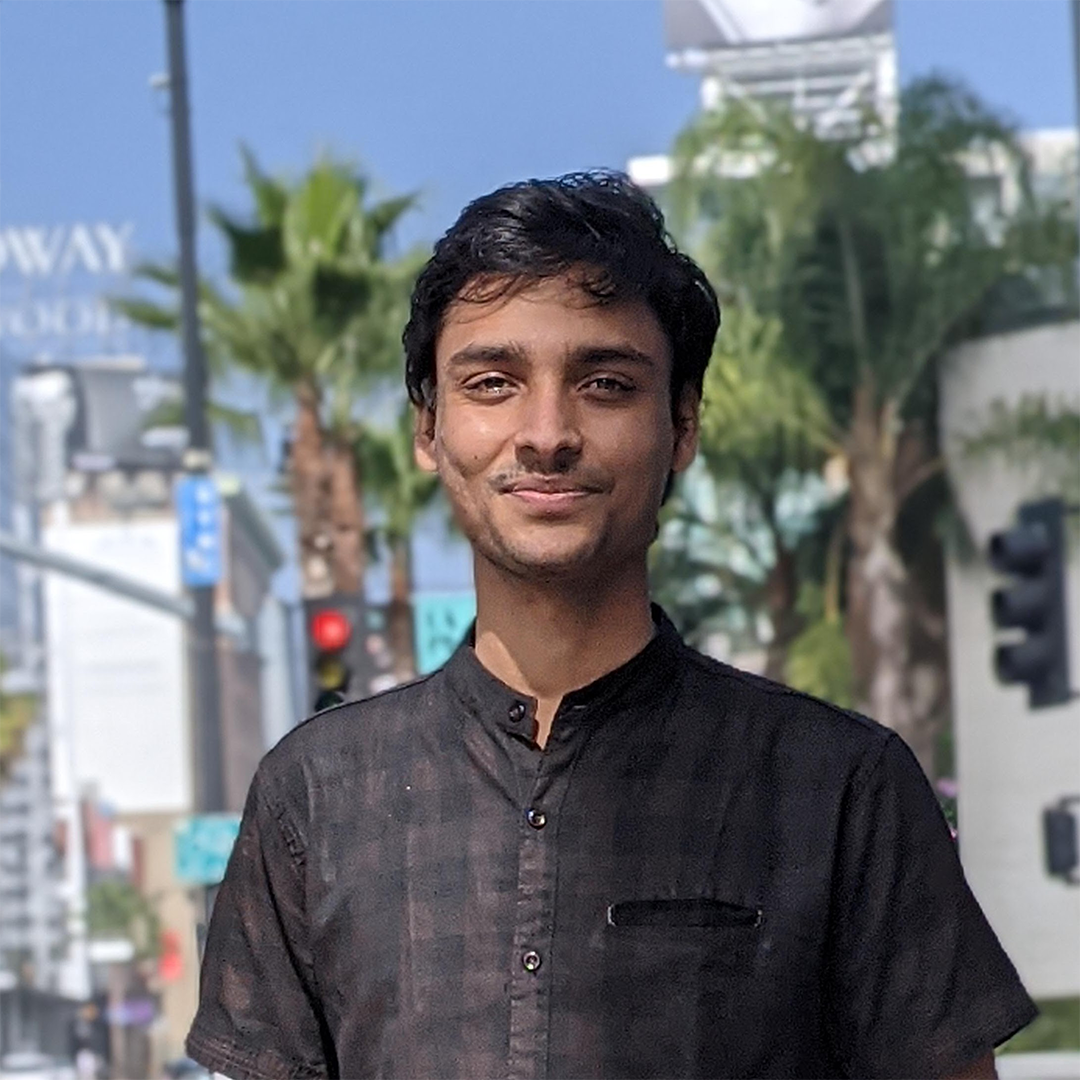 What does it mean to be selected for this honor?
What does it mean to be selected for this honor?
I’m ecstatic to meet Nobel laureates and bright young scientists from all over the world, discuss current research topics with them and learn from their experiences. It’s also an opportunity to present our research and showcase its importance.
How would you explain your research to a general audience?
My research tries to understand the properties of matter in the microseconds-old universe, the quark-gluon plasma phase in which strong interaction was dominant. Specifically, my research is focused on understanding its electromagnetic properties — such as electrical conductivity — which would help us understand how the universe evolved in this phase.
What was the very first moment you fell in love with science?
I used to ask a lot of questions in class. Then, a teacher once told me, “I don’t know the answer, but if you are interested, you should try to find out; that’s what scientists do!”
Monika Yadav
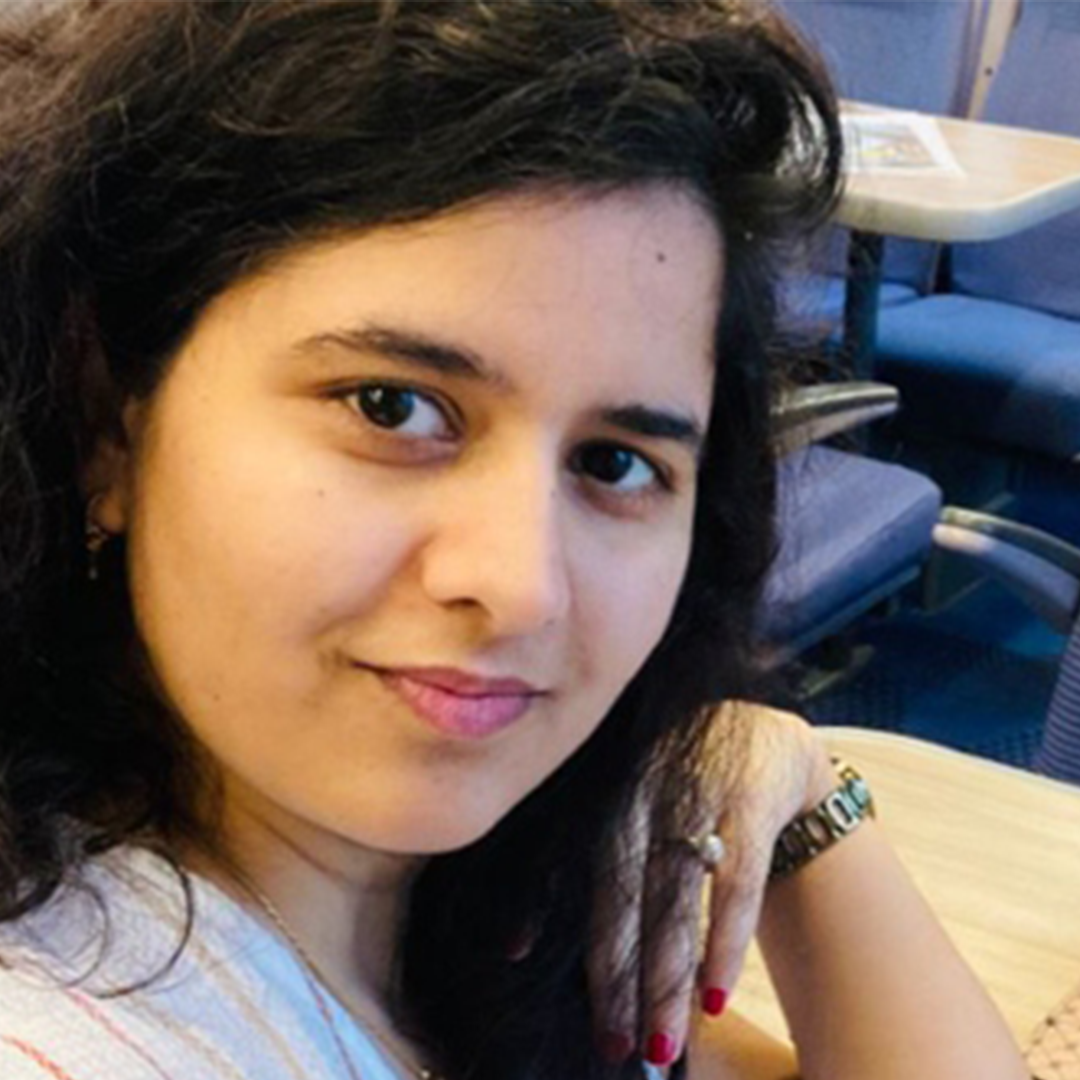 What does it mean to be selected for this honor?
What does it mean to be selected for this honor?
It’s a prestigious recognition of my academic achievements and potential in the field. The Lindau Meetings embody the principles of mentorship, collaboration and the promotion of scientific excellence, which fully align with my role as an accelerator physicist.
Moreover, the opportunity to interact with Nobel laureates and peers will significantly impact my career trajectory, contribute to my personal and professional growth and empower me to inspire future generations of scientists, thereby contributing to Lindau’s commitment to science education and outreach.
I’m thrilled to have received an invitation to attend the Lindau Meeting. I look forward to engaging with fellow scientists and learning more about their research.
How would you explain your research to a general audience?
I’ve been researching advanced plasma phenomena at UCLA, using plasma, machine learning and laser technology. During my Ph.D., I specialized in studying betatron radiation and developed new analysis methods. My current focus is on experimental control, simulation and theoretical plasma physics, integrating machine learning for data analysis.
What was the very first moment you fell in love with science?
My journey into the world of science began during high school when I developed a passion for understanding natural phenomena. This passion led me to choose science as my professional career path and led to me being awarded a CBSE scholarship, which enabled me to pursue a research career in basic sciences at Miranda House, Delhi University.


